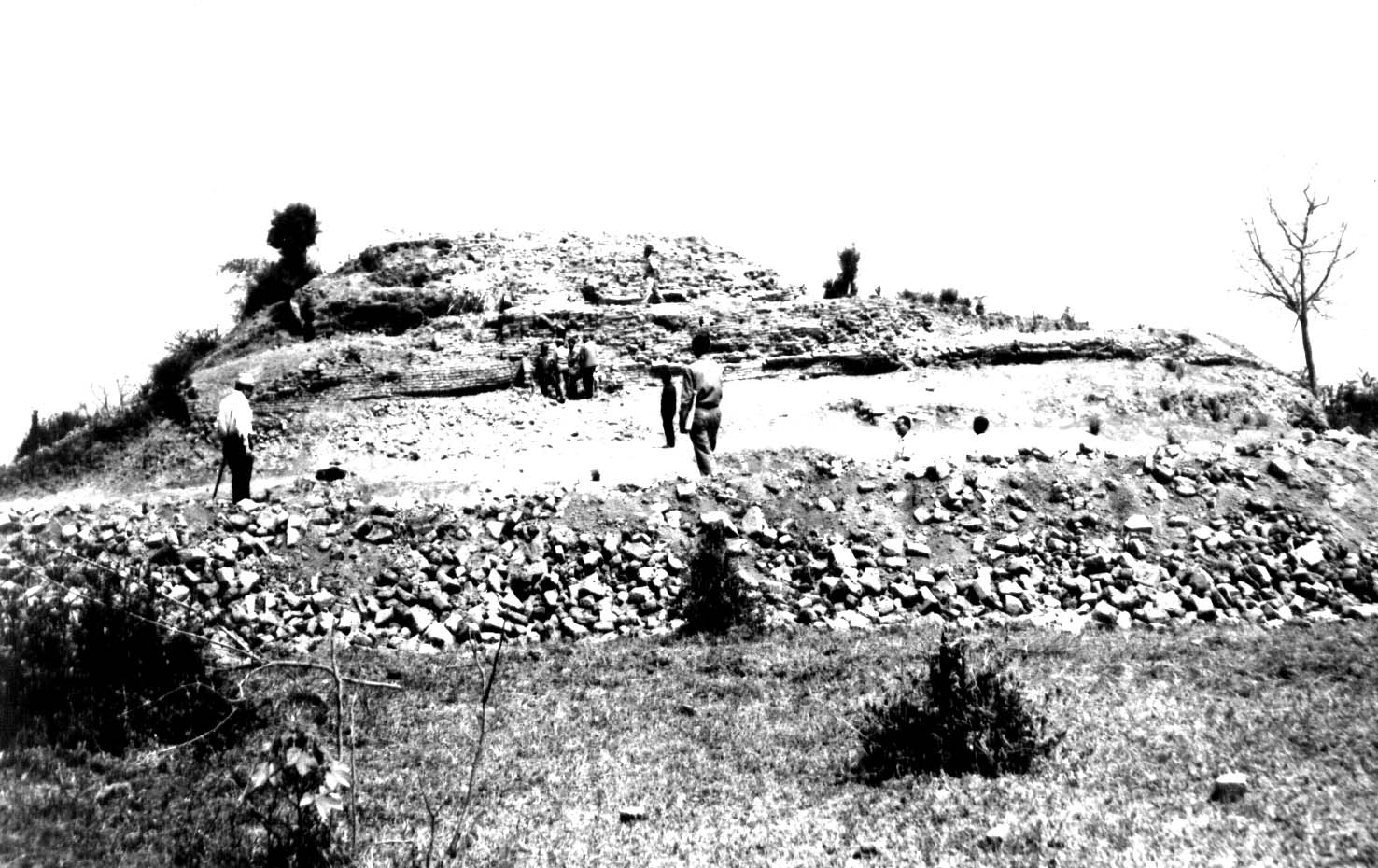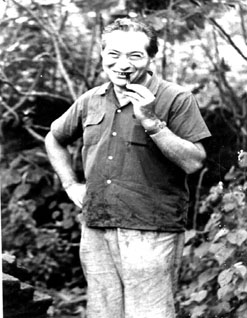History
In B.E.2502 (1959), Department of Fine Arts built the temporary U Thong National Museum in order to keep antiquities collected from archaeological surveying and unearthing at U Thong Ancient City.
In B.E.2504 (1961), Department of Fine Arts additionally surveyed and dug out ancient remains expandable in U Thong Ancient City, and a number of Dvaravati antiquities were found.
In B.E.2507-2509 (1964-1966), Prof. Jean Boisselier, French, an important scholar on Southeast Asian archaeology and history of art and the Head of Fine Arts section at the time, had surveyed and dug out ancient remains in U Thong Ancient City and intensively researched on archaeology and U Thong Ancient City.
In B.E.2508-2509 (1965-1966), Department of Fine Arts permanently built U Thong National Museum in order to keep and display antiquities archaeologically unearthed. When the construction was completed, His Majesty King Bhumibol Adulyadej the great and Her Majesty Queen Sirikit presided at the opening ceremony of U Thong National Museum on 13 May B.E.2509












